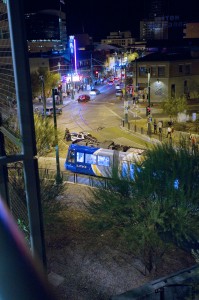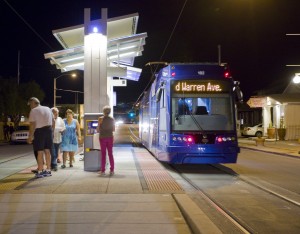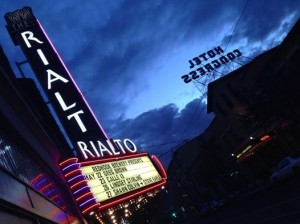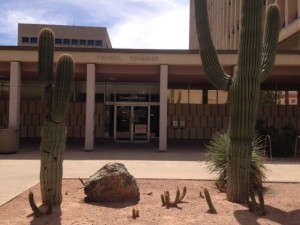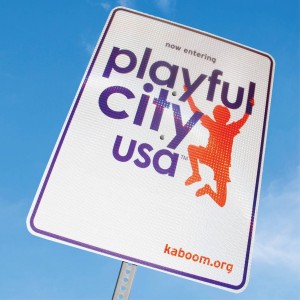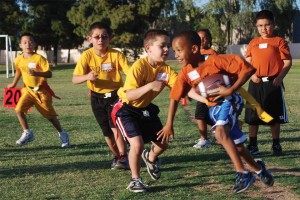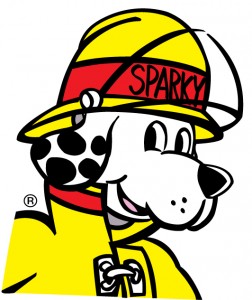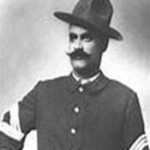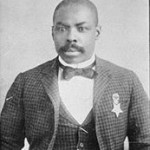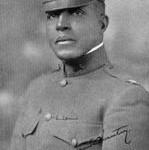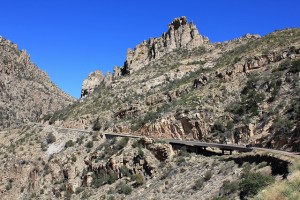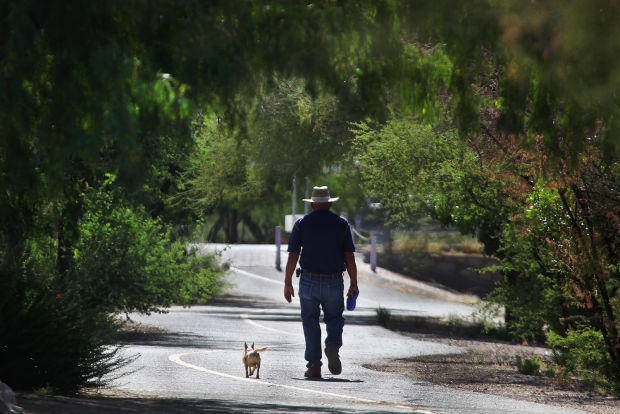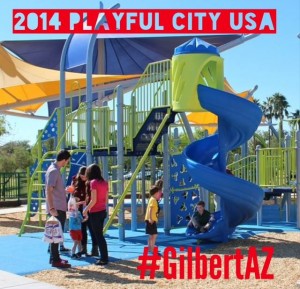Rainwater Harvesting in Tucson
Below is an excerpt from Tucson Councilmember Paul Cunningham’s newsletter about rainwater harvesting in Tucson:
July 14, 2017:
As a native Tucsonan, the monsoon season is my favorite time of year. There is nothing more magical than rain in the desert, with the drop in temperature, the smell of creosote, and the flowing arroyos. Most people I know in Tucson make it through the oven like heat of June with hopes of a good monsoon season.
Well, our hopes, prayers and good thoughts have been rewarded. Here at the Ward 2 office we have received well over 2 inches this past week and for a variety of reasons, this is good news. As I’ve mentioned before, we make extensive use of rainwater harvesting. The rain that hits the asphalt runs off to water our Palo Verde trees that shade the west side of our parking lot while the rest of our landscaping is watered by harvested rainwater that flows into basins and collects in our cistern from the roof. Given the area of our building, we have collected over 2000 gallons of water that is now saved in our cistern and ready to irrigate when needed.
Monsoon season is a good time to talk about water harvesting and how we can encourage more Tucsonans to utilize this ancient and basic technology in our neighborhoods. Rainwater harvesting made human settlement possible in Southern Arizona 3,500 years ago. The Hohokam Indians captured rainwater with rock dams and built sizable storage tanks. The Tohono O’Odham still store rainwater in earthen tanks for cattle. Here in Tucson, any chance we can use rainwater instead of potable water, we make an investment in our future.
To that end, the Mayor and Council recently directed staff to institute a program using water conservation funds to provide grants to neighborhoods and community groups in the City of Tucson. These funds are available to facilitate the installation of storm water harvesting features in their neighborhoods. The aim of these grants is to provide neighborhoods with appropriate resources to plan and implement neighborhood scale storm water harvesting projects in publicly owned areas or a homeowner association’s common area such as a right-of-way, park or other open space
Taking storm water off our streets is a good thing. Runoff causes potholes and, more importantly, causes flooding, property damage and potential loss of life. Putting that water to beneficial use is even better. One of those uses is to increase our tree canopy. By planting more trees and shading the asphalt and concrete we reduce the heat island effect (therefore reducing temperatures,). Additionally, trees absorb CO2 (helping to improve air quality and mitigate climate change) tree lined streets help calm traffic, provide habitat for birds and lizards, improve aesthetics while increasing property values.
Read the councilmember’s full article here: https://www.tucsonaz.gov/files/ward2/newsletters/Newsletter_071417.pdf


